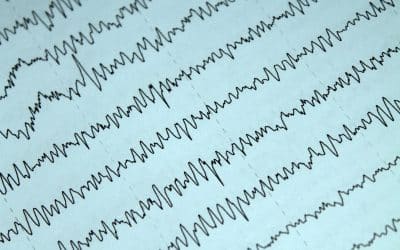Psoriasis
Psoriasis is a chronic inflammatory immune disease that causes itchy, scaly red patches to develop on the skin. These patches tend to flare up and then go into remission, and although some medications help manage symptoms, many patients continue to experience adverse side effects (1). Psoriasis involves overactivation of TH 17, a type of cell that causes an inflammatory response. This is likely because the cells that suppress TH 17, called T regulatory cells (Tregs), are impaired in people with psoriasis (2, 3). Treatments that can either decrease TH 17 activity or increase Treg function have the potential to reduce the symptoms present in psoriasis (4). Additionally, patients with psoriasis exhibit weakened blood circulation due to decreased availability of nitric oxide (5).
Extivita Therapies for Psoriasis:
Extivita Therapies for Psoriasis Recovery:

Hyperbaric Oxygen Therapy
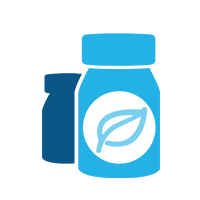
Supplements

Nutritional IV Therapy

Pulsed Electromagnetic Field Therapy
Hyperbaric Oxygen Therapy for Psoriasis:
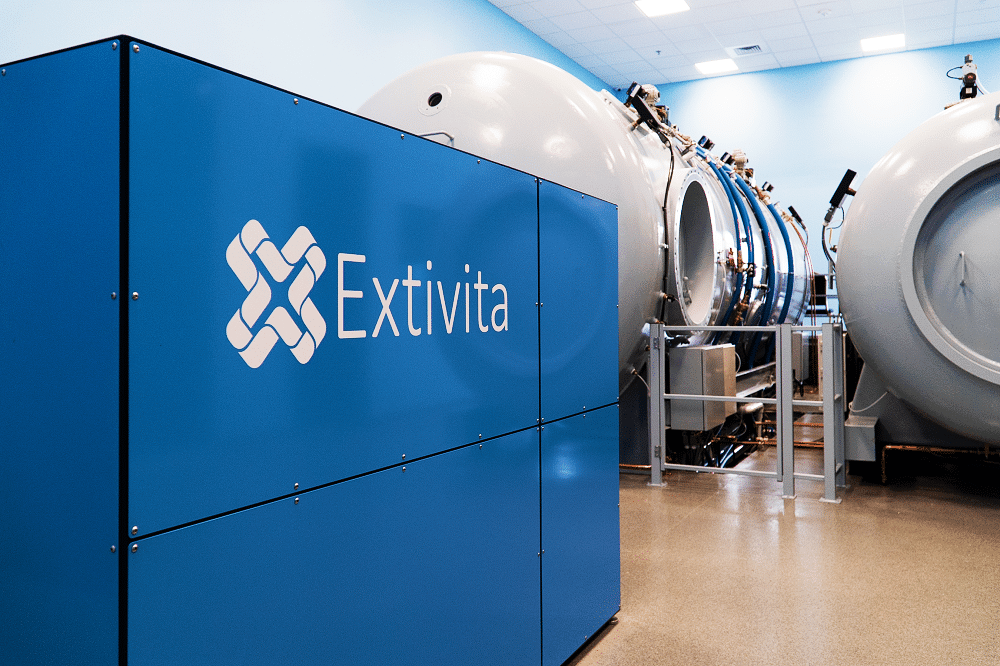
Effects of HBOT on Psoriasis:

New Blood Vessel Formation
Hyperbaric oxygen therapy stimulates the formation of new blood vessels, healing injured tissues that were unable to get nutrients and oxygen.

Decreased Inflammation

Increased Stem Cell Activity
IV Therapy for Psoriasis:
People with psoriasis have been shown to have insufficient antioxidant activity. Such a dysfunction plays a key role in the inflammation involved in this disease process (8). Multiple parts of the Myers’ IV, including magnesium, vitamin C, and vitamin B12 have been shown to reduce oxidative stress and inflammation present in psoriasis (9, 10, 11). Additionally, glutathione been shown to reduce symptoms due to its potent antioxidant properties (12,13).
Learn more about IV Therapy…
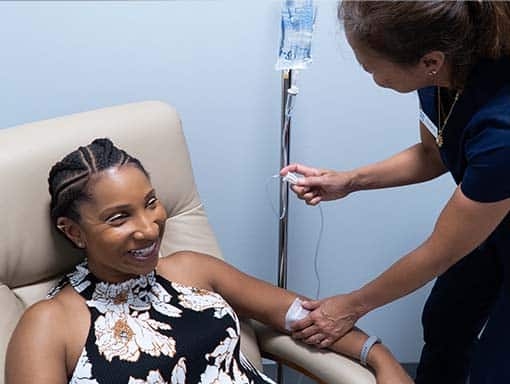
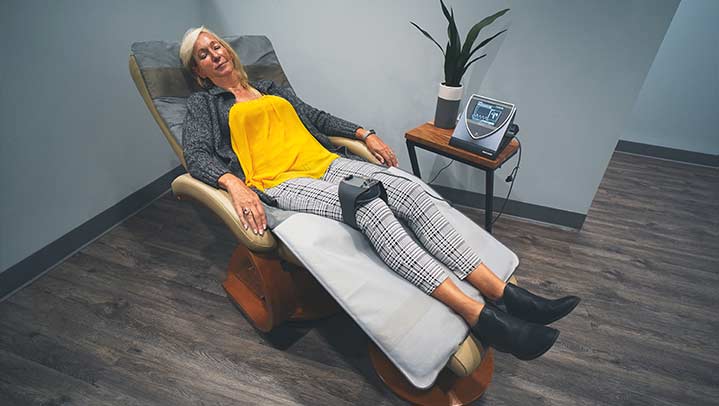
Pulsed Electromagnetic Field Therapy for Psoriasis:
PEMF is a form of pulse electromagnetic frequency (PEMF) therapy. PEMF has many positive benefits, one of them being its anti-inflammatory effects (14, 15). Because psoriasis is an inflammatory disease, PEMF’s proven anti-inflammatory properties have the potential to reduce symptoms. Studies show that presence of systemic microvascular dysfunction in individuals with psoriasis (12). BEMER therapy improves microcirculation and when used with HBOT, can be powerful treatment for psoriasis.
Learn more about PEMF Therapy…
News & Research for Psoriasis:
Psoriasis
Overview Psoriasis is a skin disease that causes red, itchy scaly patches, most commonly on the knees, elbows, trunk and scalp. Psoriasis is a common, long-term (chronic) disease with no cure. It tends to go through cycles, flaring for a few weeks or months, then...
The Use of Pulsed Electromagnetic Fields to Promote Bone Responses to Biomaterials In Vitro and In Vivo
Abstract Implantable biomaterials are extensively used to promote bone regeneration or support endosseous prosthesis in orthopedics and dentistry. Their use, however, would benefit from additional strategies to improve bone responses. Pulsed Electromagnetic Fields...
Glutathione: Antioxidant Properties Dedicated to Nanotechnologies
Abstract Which scientist has never heard of glutathione (GSH)? This well-known low-molecular-weight tripeptide is perhaps the most famous natural antioxidant. However, the interest in GSH should not be restricted to its redox properties. This multidisciplinary review...
References
- “Psoriasis – Symptoms and Causes.” Mayo Clinic. www.mayoclinic.org, https://www.mayoclinic.org/diseases-conditions/psoriasis/symptoms-causes/syc-20355840. Accessed 27 July 2020.
- Quaglino, P., et al. “Th1, Th2, Th17 and Regulatory T Cell Pattern in Psoriatic Patients: Modulation of Cytokines and Gene Targets Induced by Etanercept Treatment and Correlation with Clinical Response.” Dermatology (Basel, Switzerland), vol. 223, no. 1, 2011, pp. 57–67. PubMed, doi:10.1159/000330330.
- Sugiyama, Hideaki, et al. “Dysfunctional Blood and Target Tissue CD4+CD25high Regulatory T Cells in Psoriasis: Mechanism Underlying Unrestrained Pathogenic Effector T Cell Proliferation.” Journal of Immunology (Baltimore, Md.: 1950), vol. 174, no. 1, Jan. 2005, pp. 164–73. PubMed, doi:10.4049/jimmunol.174.1.164.
- Kim, Hyung-Ran, et al. “Reactive Oxygen Species Prevent Imiquimod-Induced Psoriatic Dermatitis through Enhancing Regulatory T Cell Function.” PLoS ONE, vol. 9, no. 3, Mar. 2014. PubMed Central, doi:10.1371/journal.pone.0091146.
- Alba, Billie K., et al. “Endothelial Function Is Impaired in the Cutaneous Microcirculation of Adults with Psoriasis through Reductions in Nitric Oxide-Dependent Vasodilation.” American Journal of Physiology. Heart and Circulatory Physiology, vol. 314, no. 2, 01 2018, pp. H343–49. PubMed, doi:10.1152/ajpheart.00446.2017.
- Thom, Stephen R. “Hyperbaric Oxygen – Its Mechanisms and Efficacy.” Plastic and Reconstructive Surgery, vol. 127, no. Suppl 1, Jan. 2011, pp. 131S-141S. PubMed Central, doi:10.1097/PRS.0b013e3181fbe2bf.
- Butler, Glenn, et al. “Therapeutic Effect of Hyperbaric Oxygen in Psoriasis Vulgaris: Two Case Reports and a Review of the Literature.” Journal of Medical Case Reports, vol. 3, Aug. 2009, p. 7023. PubMed Central, doi:10.1186/1752-1947-0003-0000007023.
- Yildirim, M., et al. “The Role of Oxidants and Antioxidants in Psoriasis.” Journal of the European Academy of Dermatology and Venereology: JEADV, vol. 17, no. 1, Jan. 2003, pp. 34–36. PubMed, doi:10.1046/j.1468-3083.2003.00641.x.
- Zheltova, Anastasia A., et al. “Magnesium Deficiency and Oxidative Stress: An Update.” BioMedicine, vol. 6, no. 4, Nov. 2016. PubMed Central, doi:10.7603/s40681-016-0020-6.
- Office of Dietary Supplements – Vitamin C. ods.od.nih.gov, https://ods.od.nih.gov/factsheets/VitaminC-HealthProfessional/. Accessed 31 July 2020.
- Al-Daghri, Nasser M., et al. “Association of Vitamin B12 with Pro-Inflammatory Cytokines and Biochemical Markers Related to Cardiometabolic Risk in Saudi Subjects.” Nutrients, vol. 8, no. 9, Sept. 2016. PubMed Central, doi:10.3390/nu8090460.
- Prussick, Ronald, et al. “Psoriasis Improvement in Patients Using Glutathione-Enhancing, Nondenatured Whey Protein Isolate: A Pilot Study.” The Journal of Clinical and Aesthetic Dermatology, vol. 6, no. 10, Oct. 2013, pp. 23–26.
- Gaucher, Caroline, et al. “Glutathione: Antioxidant Properties Dedicated to Nanotechnologies.” Antioxidants, vol. 7, no. 5, Apr. 2018. PubMed Central, doi:10.3390/antiox7050062.
- Ross, Christina L., et al. “The Use of Pulsed Electromagnetic Field to Modulate Inflammation and Improve Tissue Regeneration: A Review.” Bioelectricity, vol. 1, no. 4, Mary Ann Liebert, Inc., publishers, Dec. 2019, pp. 247–59. liebertpub.com (Atypon), doi:10.1089/bioe.2019.0026.
- Selvam, Ramasamy, et al. “Low Frequency and Low Intensity Pulsed Electromagnetic Field Exerts Its Antiinflammatory Effect through Restoration of Plasma Membrane Calcium ATPase Activity.” Life Sciences, vol. 80, no. 26, June 2007, pp. 2403–10. PubMed, doi:10.1016/j.lfs.2007.03.019.
- Alba, Billie K et al. “Endothelial function is impaired in the cutaneous microcirculation of adults with psoriasis through reductions in nitric oxide-dependent vasodilation.” American journal of physiology. Heart and circulatory physiology vol. 314,2 (2018): H343-H349. doi:10.1152/ajpheart.00446.2017


